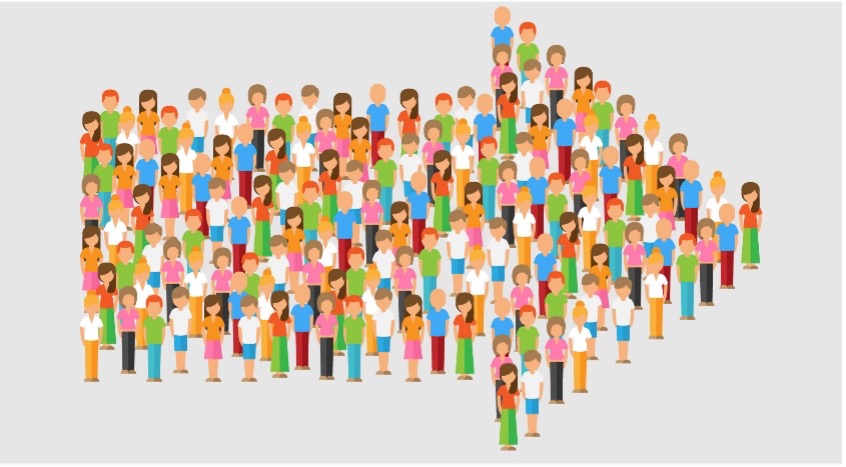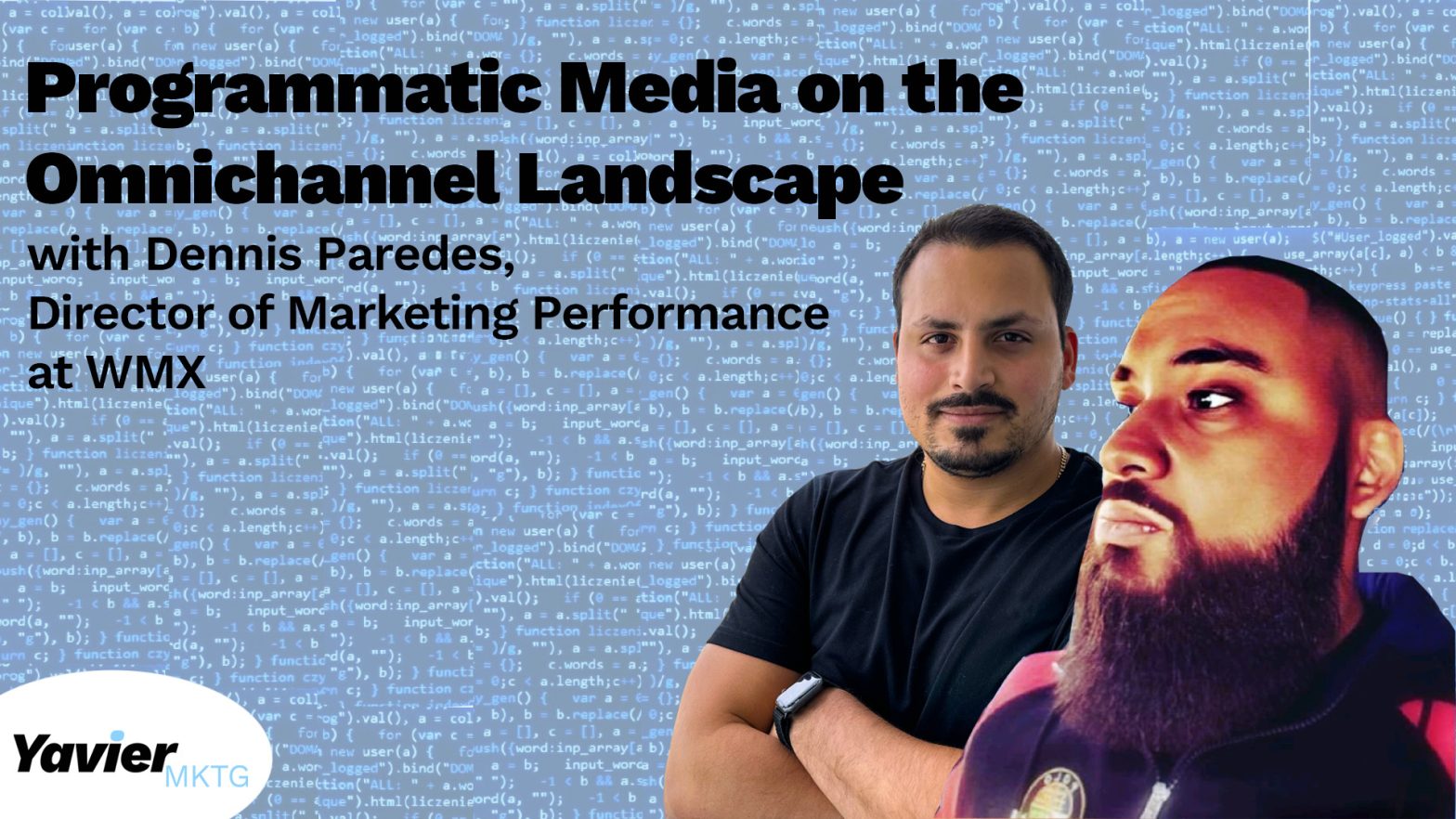Marketing keeps growing and evolving, as we all have experienced in the last couple of years. One of the big updates big companies, such as Google, Microsoft, Apple, and others, are doing is to start protecting their user’s data to improve customer experience. They are making updates regarding user privacy where DSPs or any other marketing platform will not have access to third-party data, which are the data based on the user’s cookies. This is a big hit for digital marketing, especially for programmatic media, as we programmatic traders use third-party data segments for audience creation so it can be more targeted (we call it third-party audiences). For programmatic media traders or buyers, this is a problem as they will need to start pivoting from these audiences to other tactics.

Media buyers, agencies, and companies running programmatic media campaigns are starting to shift their tactics to ones that are location-based, custom audiences (based on websites), and contextual audiences, as well as PMPs that can create contextual audiences or publisher-based audiences. Another tactic that programmatic traders use is to maximize the advertiser’s first-party data. They create audiences based on the advertiser’s different pages (URLs), booking funnel, and conversions. They can use this to retarget their prospects and for exclusions within the campaign. For example, you will not serve ads to someone who already bought your products. You will probably do so but after a certain time. The future of programmatic media is huge, as we can see the drastic growth in the last four years, but traders and marketers must be more creative when building strategies and tactics because of these types of limitations. This is probably why these big companies are also launching new AI products and tools for digital marketing. It looks like it is a change. We limit the usage of data, but we are giving you Artificial Intelligence to make your campaigns perform better. Although programmatic traders have always been powered by AI, this year, there are more AI tools that can complement programmatic media or digital marketing as a whole.
How can programmatic traders or marketers battle this new cookieless environment?
Marketers will have to think further when creating audiences. Currently, I manage the programmatic campaigns of two different accounts: a cruise company and a thematic park in Hawaii. Before the cookieless environment, we used some third-party audiences to start driving high-quality prospects to the website through our awareness or consideration strategies (top and mid-funnel). They usually performed great, but with time, they started underperforming as the cookieless environment started to take effect in certain platforms such as Safari (iOS), Firefox, and more. These audiences were very specific based on behavior and psychographics within the web. For example:
- People who read motivational books
- People who visit travel blogs
- People who buy from luxury brands

How do you think we started shifting the strategy and tactics? We focused on customers’ behavior and thoughts and our brand’s buyer persona journey. We started creating contextual audiences based on keywords this buyer would like to read or encounter during the customer journey, creating audiences based on websites that this buyer will go to when going through the customer journey, and targeting locations directly to places this audience might visit. Doing this has helped us explore a more granular approach that has helped us understand customers’ path to conversion from the top of the funnel by pinpointing the actual keywords, websites, and locations prospects see or go through before converting.
A couple of months ago, I wrote an article in which I discussed the cookieless environment and how different marketers are approaching this change. In this article, I interviewed marketers from different professional levels to see how they are approaching these changes. Click here to learn more.






Leave a Reply